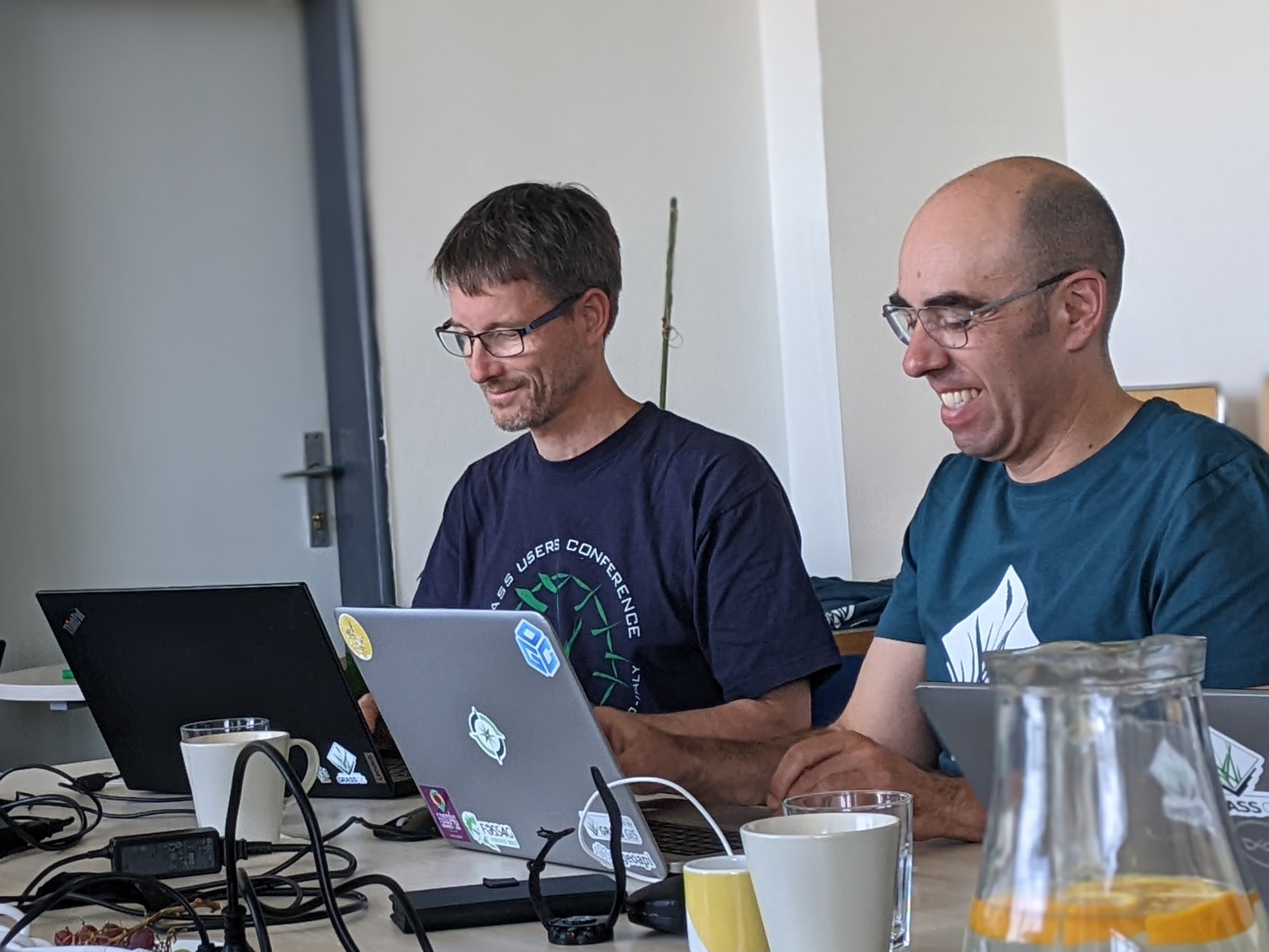Developing and updating GRASS GIS addons
The r.mblend experience

In 2017, I had the opportunity to implement a DEM blending algorithm that had been theorised earlier by my colleague João Leitão. It was somewhat natural to develop it as a GRASS add-on, since I have long relied on it for map algebra and other geo-spatial computations. That is how the r.mblend add-on was born.
Five years passed without me committing again to r.mblend. In the meantime many important things changed, GRASS version 8 was released and code management moved from SVN to git/GitHub.

During the GRASS GIS Community Meeting I planned to revisit r.mblend and updated it to GRASS 8. It ended up being much easier than I expected, the add-on had been maintained all this time by the community, and was still running without errors on the latest GRASS version. A couple of tweaks were necessary to account for new behaviour in core modules, but for the best part r.mblend kept usable and useful all these years.
This experience attests to the effectiveness of GRASS GIS as an environment to host and develop scientific geo-spatial algorithms. Your code is immersed in an ecosystem that evolves together with contributions from a wider community, avoiding the pitfalls of stand-alone repositories demanding constant maintenance from a small number of contributors.
Luis Moreira de Sousa and the GRASS Development Team